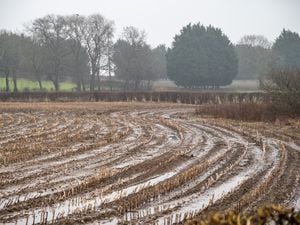Informal paths which lead to a landowner's headache
Many landowners and farmers will have public rights of way crossing their land.

For most they cause little concern as walkers, horse riders and other users follow the defined and waymarked routes.
However, it is not uncommon to learn that people do stray from paths creating their own routes that they use regularly. If such use continues this could lead to a claim for a public right of way to have deemed to have been established.
Very often such claims do not always come to light until there is a change in land ownership or farming practices or where planning consent or development is being considered. At this stage it can be too late to prevent new rights of way being established as the evidence is based on historic use.
There are a number of actions that landowners and farmers may take to protect themselves from third parties potentially claiming to have established new public rights of way. Simple measures may include locking gates and erecting signs where appropriate. This is not always practical however and will not necessarily prevent people continuing to stray from any existing public rights of way.
A further preventative measure that landowners may take to protect themselves is to deposit a Statement, Declaration and plan with the local county council. These documents acknowledge the public rights of way (if any) over the owner’s land and confirm that no consent has been given to use any other routes.
The process is usually quite straightforward but does involve a fee being paid to the county council on deposit of the documents, which are then valid for 10 years.
It requires the production of detailed accurate plans that not only show exact ownership boundaries, but also corresponds with the county council’s definitive map of recorded public rights of way.
Bryn Hill MRICS FAAV, is an Associate Partner Land Agent, Balfours





